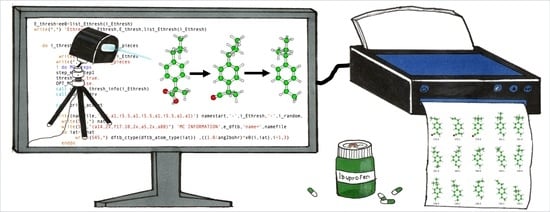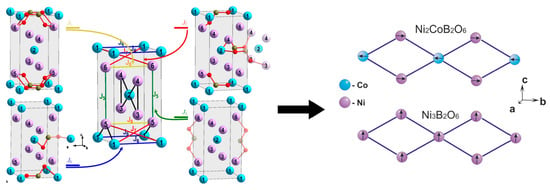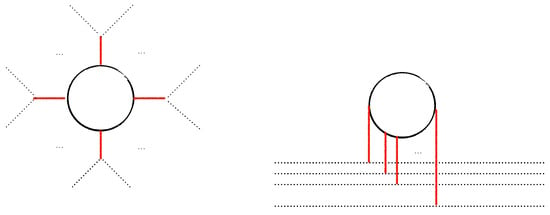The cosmological constant (CC,
) problem stands as one of the most profound puzzles in the theory of gravity, representing a remarkable discrepancy of about 120 orders of magnitude between the observed value of dark energy and its natural expectation from quantum field theory. This paper synthesizes two innovative paradigms—holographic naturalness (HN) and pre-geometric gravity (PGG)—to propose a unified and natural resolution to the problem. The HN framework posits that the stability of the CC is not a matter of radiative corrections but rather of quantum information and entropy. The large entropy
of the de Sitter (dS) vacuum (with
being the Planck mass) acts as an entropic barrier, exponentially suppressing any quantum transitions that would otherwise destabilize the vacuum. This explains why the universe remains in a state with high entropy and relatively low CC. We then embed this principle within a pre-geometric theory of gravity, where the spacetime geometry and the Einstein–Hilbert action are not fundamental, but emerge dynamically from the spontaneous symmetry breaking of a larger gauge group, SO(
)→SO(
), driven by a Higgs-like field
. In this mechanism, both
and
are generated from more fundamental parameters. Crucially, we establish a direct correspondence between the vacuum expectation value (VEV)
v of the pre-geometric Higgs field and the de Sitter entropy:
(or
). Thus, the field responsible for generating spacetime itself also encodes its information content. The smallness of
is therefore a direct consequence of the largeness of the entropy
, which is itself a manifestation of a large Higgs VEV
v. The CC is stable for the same reason a large-entropy state is stable: the decay of such state is exponentially suppressed. Our study shows that new semi-classical quantum gravity effects dynamically generate particles we call “hairons”, whose mass is tied to the CC. These particles interact with Standard Model matter and can form a cold condensate. The instability of the dS space, driven by the time evolution of a quantum condensate, points at a dynamical origin for dark energy. This paper provides a comprehensive framework where the emergence of geometry, the hierarchy of scales and the quantum-information structure of spacetime are inextricably linked, thereby providing a novel and compelling path toward solving the CC problem.


![Effective potentials
V
H
F
S
Q
C
(9) (a,b),
V
P
S
Q
C
(10) (c,d),
V
e
x
S
Q
C
(12) (e,f), and
V
o
p
t
S
Q
C
(5) (g,h) describing the interaction of an electron with a neon atom without (
γ
E
C
=
0
) and with (
γ
E
C
≠
0
) electronic correlations at a fixed density parameter (rs = 3) and various values of the degeneracy parameter (θ). The symbols represent the results from Ref. [8]; the black and red lines represent our results without (λee = 0) and with (λee ≠ 0) quantum non-locality.](https://mdpi-res.com/physics/physics-08-00005/article_deploy/html/images/physics-08-00005-g001a-550.jpg)




